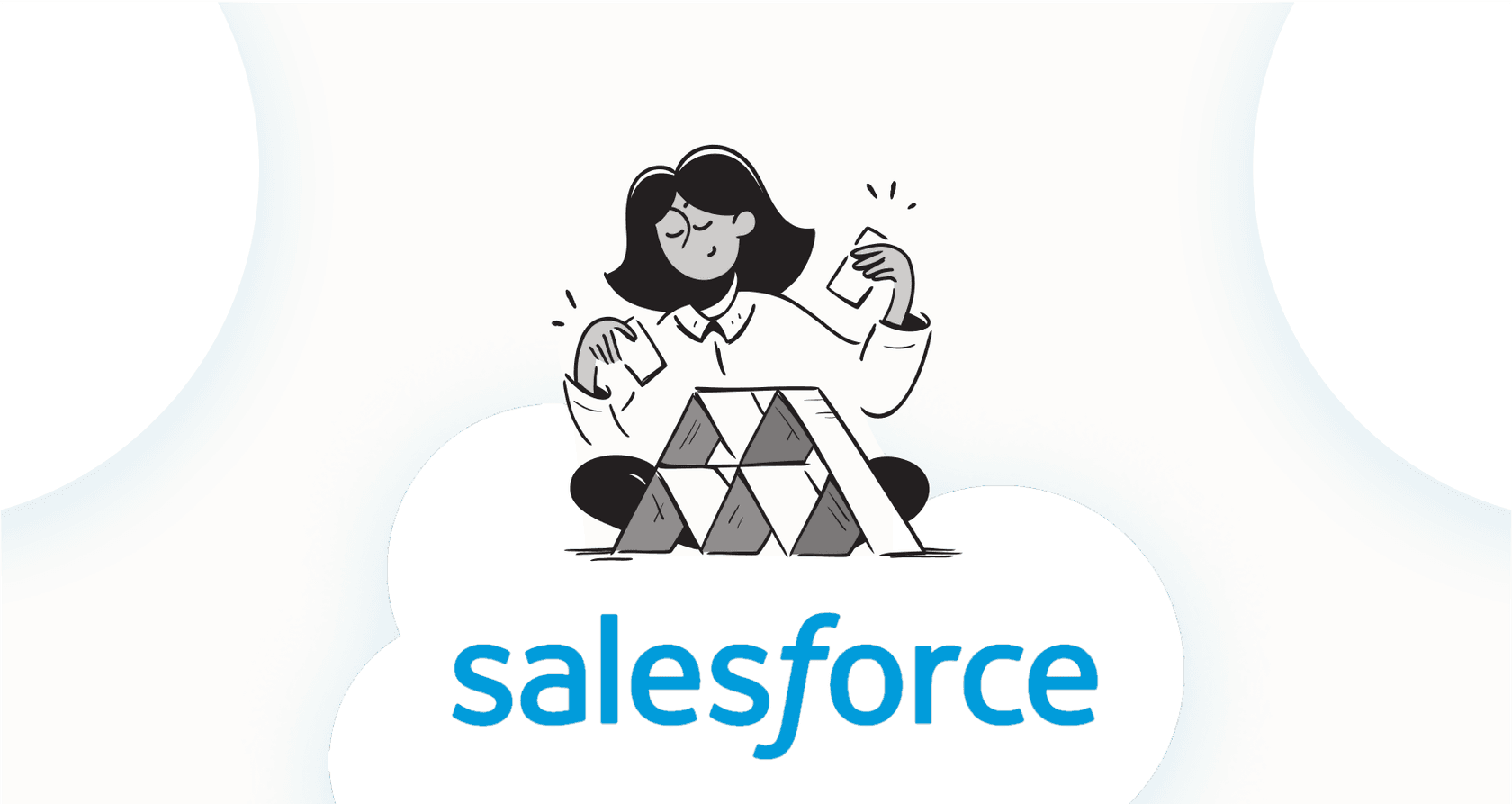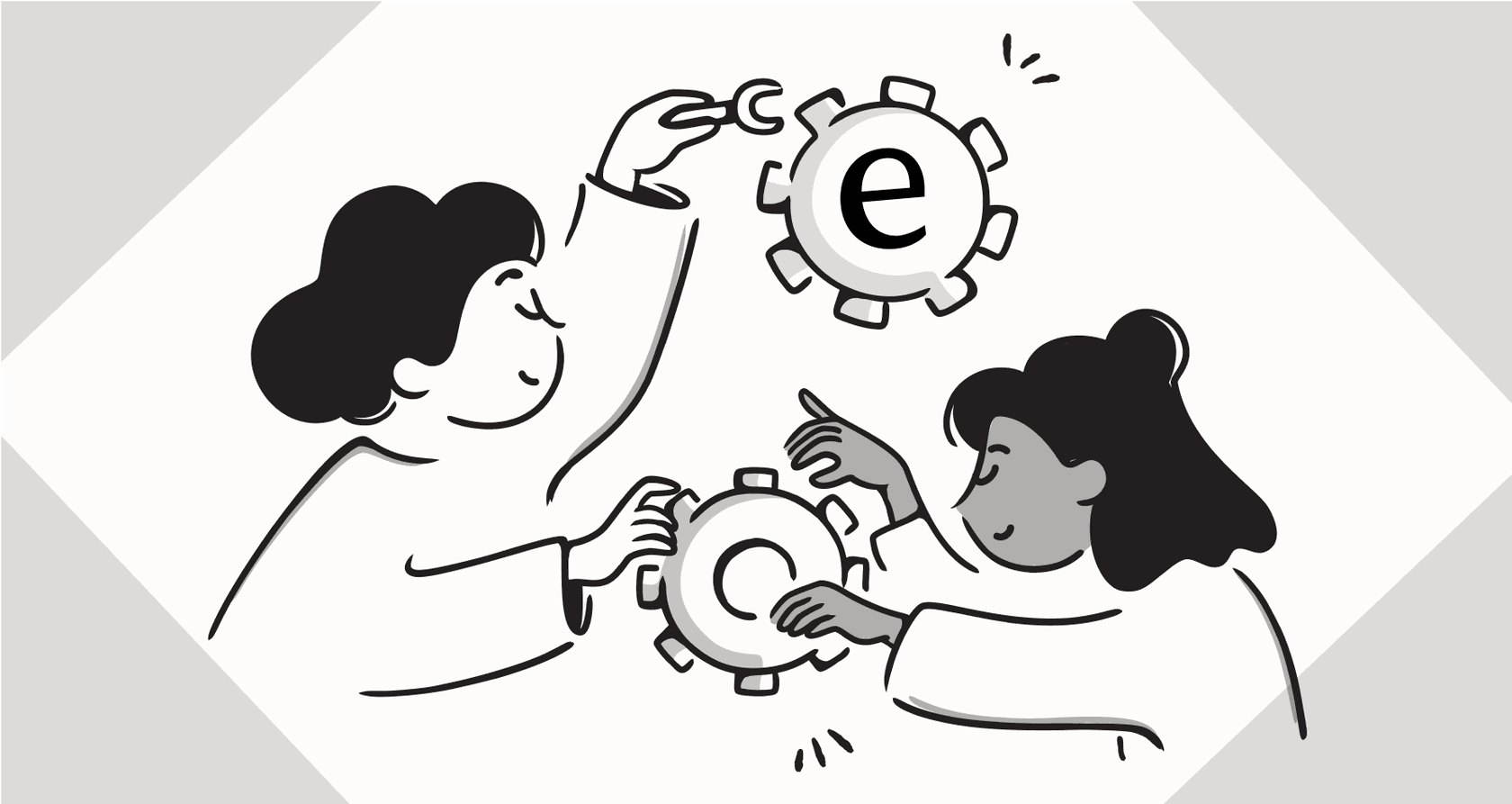
It looks like the blog content was not included in your request. The section is empty.
Please provide the blog you would like to review, and I'll be happy to apply the specific edits you've outlined.

It looks like the blog content was not included in your request. The section is empty.
Please provide the blog you would like to review, and I'll be happy to apply the specific edits you've outlined.

Dive into the world of n8n integrations. We'll cover what n8n is, its most popular connections, and its limitations for specialized AI tasks like customer support, showing where a tool like eesel AI excels.

Kenneth Pangan
Writer
Discover the power of Reddit integrations with n8n for monitoring, lead generation, and support. This guide covers how it works, common use cases, and the limitations to consider before you start building.

Kenneth Pangan
Writer
Dive into the world of marketing automation with our guide to Facebook Ads integrations with n8n. We break down how to connect these tools for powerful ad analysis, explore the challenges of a custom setup, and show why a dedicated platform is better for business-critical automation.

Kenneth Pangan
Writer
Get started now
for free.
